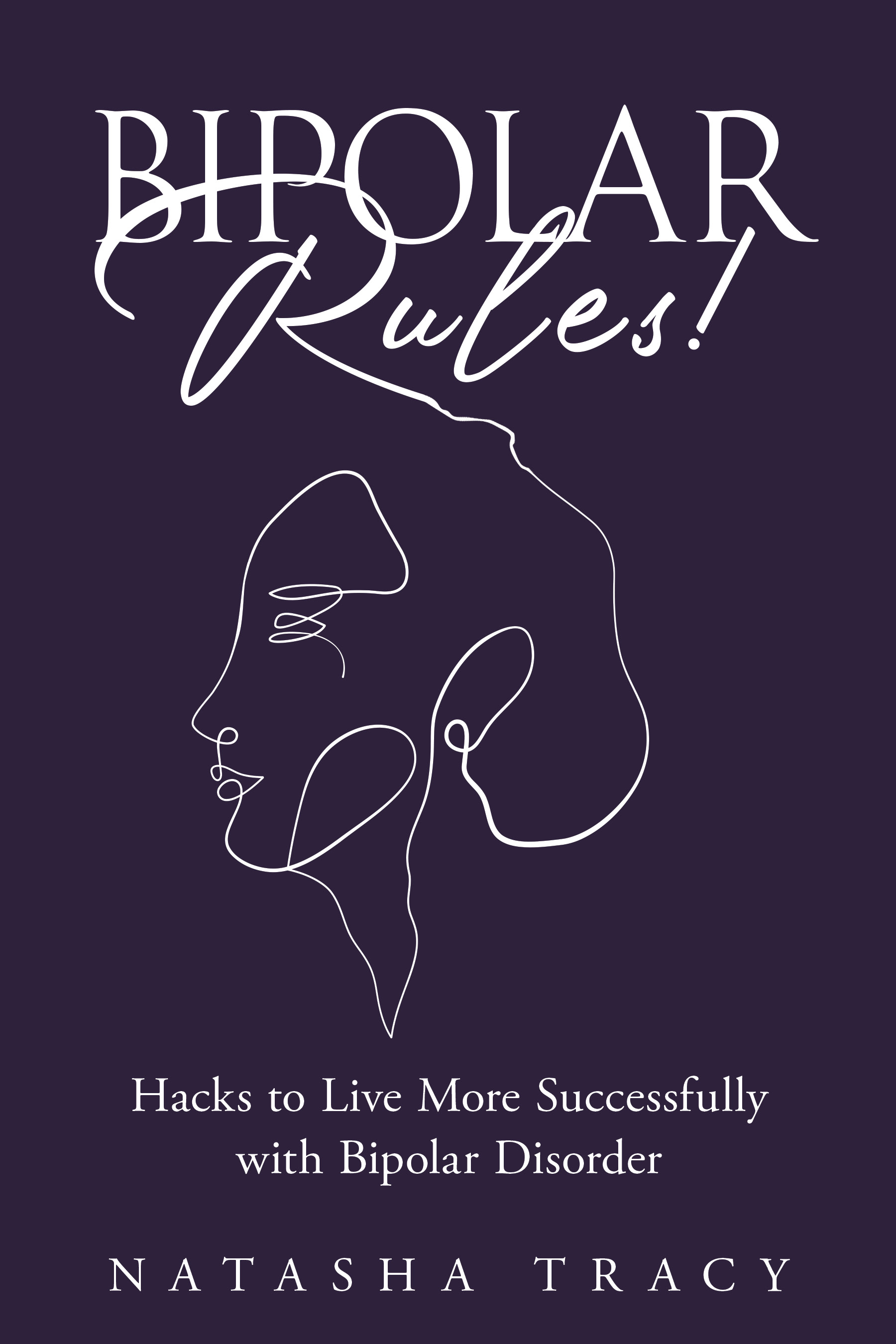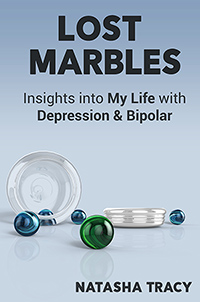Does TMS Cause Headaches or Migraines? My Experience + What Helped

If you’re starting transcranial magnetic stimulation (TMS) for depression and wondering, “Does TMS cause headaches or migraines?” you’re not alone. Headaches and scalp tenderness are among the most common TMS side effects, and for people like me who are already migraine-prone, treatments can light up pain pathways you really don’t want lit. In this piece, I share exactly what TMS feels like session-to-session, where the pain shows up, how long it lasts, and what triggers it (coil position, stimulation intensity, and timing). More importantly, I’ll walk through what actually helps: simple TMS headache relief steps, small adjustments your technician can make, and practical migraine-prevention tweaks that let me keep going. If you’re searching for real-world answers on TMS headaches, TMS migraine risk, and how to reduce pain without ending treatment, this is the guide I wish I’d had on day one.
Jump to:
- What Is TMS?
- TMS Dosing
- What TMS Feels Like
- What Makes TMS Pain Worse?
- What Helps with TMS Pain
- Does TMS Help with Depression?
- FAQs About TMS and Headaches or Migraines
- The Bottom Line
What Is TMS? TMS Basics You Need to Understand
Transcranial magnetic stimulation (TMS) is a therapy, often for treatment-resistant depression, that uses strong magnetic pulses to stimulate brain neurons. It’s considered noninvasive as no cutting of the skin is needed. Essentially, an electromagnetic coil is placed on a specific spot (or spots) on your head. According to the Mayo Clinic:
This coil delivers magnetic pulses that stimulate nerve cells in the region of your brain involved in mood control and depression. It’s thought to activate regions of the brain that have decreased activity during depression.
There are very few side effects except for pain, including headache and migraine pain, and lightheadedness. See here for more.
TMS Headache vs. Migraine: How to Tell the Difference
- TMS headache: localized scalp/temple soreness or pressure that tracks with the coil site; usually fades hours after a session.
- Migraine: throbbing, often one-sided, may include light/sound sensitivity, nausea, aura, and other symptoms, and can outlast the treatment day.
Medications and TMS
Keep in mind that some medications can impact the effectiveness of TMS, and you may have to withdraw from them to give the treatment the best chance of working. There are a few contraindications, too. More on TMS safety can be found here. Make sure to discuss all of your medications and supplements with the TMS-prescribing physician, and don’t modify anything on your own.
TMS ‘Dosing’
When receiving TMS, you will have a target “dose” (coil strength). This is determined by measuring your motor threshold (how much power it takes in a specific spot to make your hand twitch). This number is then multiplied by your “prescription” to ascertain your target.
For example, your motor threshold might be 40% of full power. Your prescription might be 120%. This means your target is 48% of full power.
When you begin each TMS treatment, they will start you at a lower dosage (say, 30% of full power) and work up to your target, each time raising the dosage at which you start.
I’m receiving theta-burst TMS, a newer type of TMS, which may be more effective. It takes just over three minutes for a TMS depression treatment. (They’re also doing TMS for anxiety on the other side of my head. That takes only 40 seconds per treatment as the pulses are continuous.) I will be receiving 30 treatments, one a day, Monday through Friday.
What TMS Feels Like for Me
All I’ve ever seen said about TMS is that “mild discomfort” may be felt. This is not what I’ve found. I’ve found “discomfort” is doctor-speak for pain — the only question is how much.
I suffer from chronic migraine, and without getting into medical specifics, let’s just say that I experience head pain every day right now. And, unfortunately, TMS treatments make my head pain worse.
For me, this is what happens:
- I sit in the TMS chair, and they place the coil appropriately using marks made on a tight cap on my head.
- The stimulation starts, and the pulses and pain produce a startle response. This ramps up my anxiety.
- The pulses feel like being hit in the head with a long, thin blade. The pain goes through my scalp, into my brain, eye, and jaw.
- The pain is just, just bearable.
- There is a break in the pulses. When they resume, I experience another startle response, and the pain is worse (because the dosage has been increased).
And so it goes for just over three minutes. And while three minutes sounds very short, it feels very long thanks to that amount of pain. At the end of the treatment, I have full-blown migraine and I experience fatigue and nausea. Doctors say headaches are short-lasting after treatment, but that isn’t my experience. I have one for the rest of the day.
Please understand, none of this is to scare you. This is just my experience, and yours may vary dramatically. I consider myself lucky to have access to this treatment and have hope for its success. I think it could help a great many people who have few options. Without a doubt, if it works, the pain will be worth it.
What Makes TMS Pain Worse?
The first TMS treatment was horrible, likely because of the high degree of anxiety going into the treatment. The second treatment was somewhat less difficult.
Additionally, in my experience, I have found a few things that make TMS pain worse. They include:
- Starting out with head pain (this might be a full-blown migraine or just a headache)
- Being migraine- or headache-prone
- Going in with high anxiety
- Clenching your muscles
- Illness (I had COVID, and it dramatically increased the pain; I was told this happens because of the inflammation caused by illness)
- Lack of sleep
Some of those factors are modifiable, and some aren’t.
What Helps TMS Pain for Me
Counteracting the pain-worsening factors, where possible, can help lessen TMS pain. For example:
- Taking headache medication before treatment to try to minimize the pain going in. (Make sure to check with your clinician that any medication you choose to take won’t impact the efficacy of the TMS treatment.)
- Focusing on remaining calm during treatment.
- Getting as much sleep as possible.
Specific techniques I use during treatments include:
- Rubbing the spot on my head where the stimulation is going to be to try to relax the muscles as much as possible.
- Making chit-chat with the technicians beforehand to help alleviate anxiety.
- Focusing on something positive instead of the upcoming pain.
- Using a mantra. (Mine is, “I’m a skydiver. I can do anything.“)
- Focusing on deep, slow breaths during the treatment.
- Focusing very specifically on relaxing all my head muscles during treatment (including between pulses).
If you’re experiencing pain during TMS, you can talk to the technicians, and they may be able to slightly move the coil or adjust the dosage or ramp up to alleviate it. Also, keep in mind that you may find the pain more bearable with repeated treatments.
Finally, the technicians tend to offer feedback during the treatment, such as when I’ve reached my target dose, how long there is to go, etc. I find this very helpful and would suggest asking for it if it is not already being freely given.
But, Does TMS Really Help with Depression?
I have treatment-resistant (also known as “hard-to-treat”) depression. And “hard to treat” is an understatement. I’ve tried every combination of every drug you can imagine, years of therapy, modified lifestyle factors, plus vagus nerve stimulation (VNS) and electroconvulsive therapy (ECT). I’m the poster child for treatment resistance.
That being said, I have high hopes. Most people who get TMS have some degree of treatment resistance, and the success rate they’ve been seeing at the clinic has been remarkable. The vast, vast majority of people experience improvement. It’s not guaranteed to work for anyone, but it is promising.
For me, I’m only 11 TMS treatments in, so it’s a little early to say. I do have hope, however.
FAQs About TMS Headaches and Migraines
Common; many report mild-to-moderate scalp pain early on that may improve over time.
It’s said they should last “a short while,” but I’ve found they last the rest of the day or maybe even into the next day.
Often yes, but ask your prescriber (e.g., timing for triptans, over-the-counter analgesics, anti-nausea medications, etc.).
Some find iTBS more painful during delivery, but the sessions are shorter; comfort varies person to person.
Many people report habituation (less pain) after the first week or two.
Having TMS Headaches and Migraines Without Derailing Treatment
The bottom line is that TMS headaches and scalp pain are common, and if you’re migraine-prone like me, treatment days can trigger bigger symptoms. The good news is that most people find the pain manageable and often improving over time, especially with a plan. What can help is a mix of clinic adjustments (such as a gentle ramp-up to target dose, small coil repositioning) and patient-side strategies (like proper sleep, calm breathing, mantra usage, and clinician-approved medications). If you’re starting TMS for depression and wondering whether TMS side effects like headache or migraine mean you should stop, talk to your team first: small tweaks can make a big difference, and many patients continue successfully with the right TMS headache relief approach.









Recent Comments